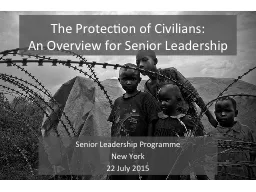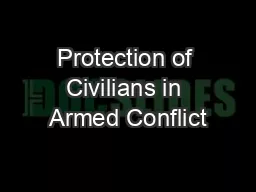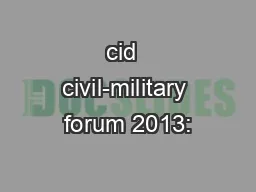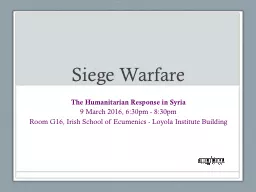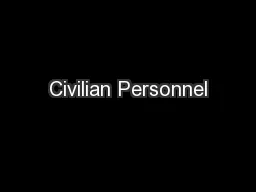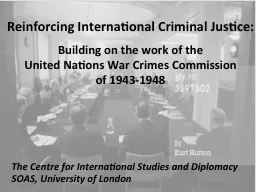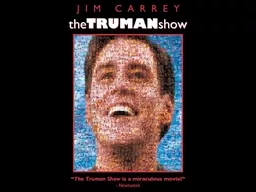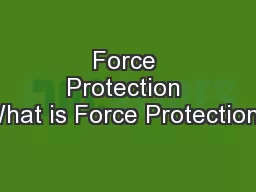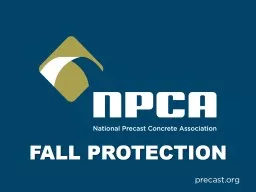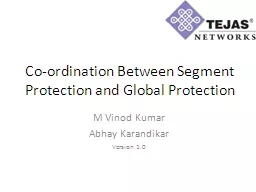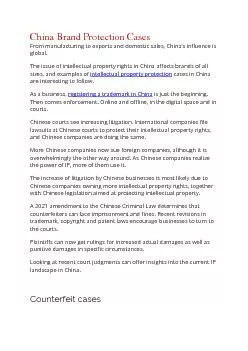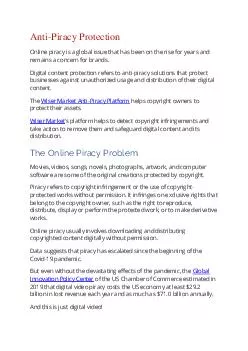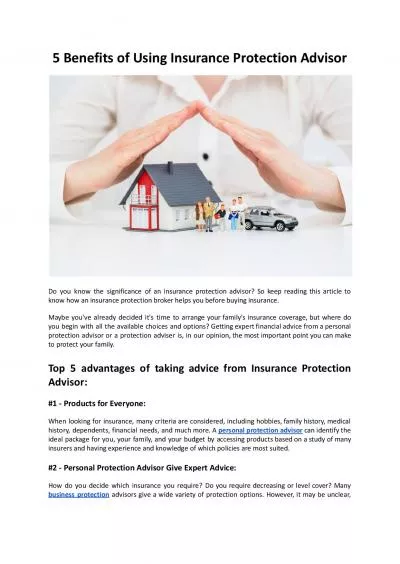PPT-The Protection of Civilians:
Author : calandra-battersby | Published Date : 2017-03-30
An Overview for Senior Leadership Senior Leadership Programme New York 22 July 2015 Highlevel Independent Panel on Peace Operations Each and every peacekeeper
Presentation Embed Code
Download Presentation
Download Presentation The PPT/PDF document "The Protection of Civilians:" is the property of its rightful owner. Permission is granted to download and print the materials on this website for personal, non-commercial use only, and to display it on your personal computer provided you do not modify the materials and that you retain all copyright notices contained in the materials. By downloading content from our website, you accept the terms of this agreement.
The Protection of Civilians:: Transcript
Download Rules Of Document
"The Protection of Civilians:"The content belongs to its owner. You may download and print it for personal use, without modification, and keep all copyright notices. By downloading, you agree to these terms.
Related Documents

